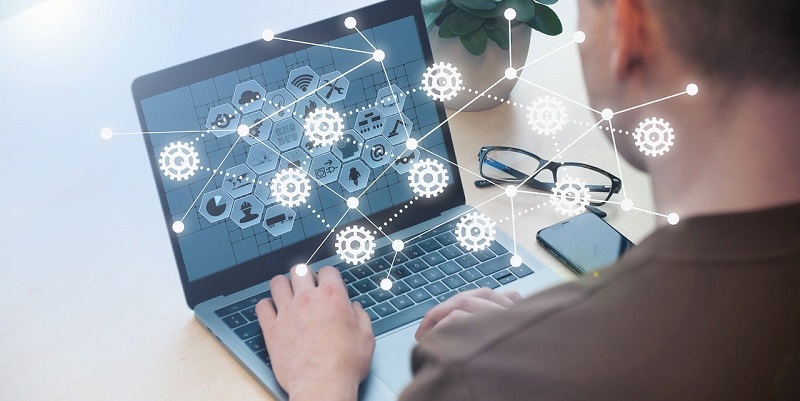The Internet of Things (IoT) has revolutionized the way devices communicate and interact. However, the rapid development and deployment of IoT devices present significant challenges. This is where the DevOps approach comes in, offering a solution to these challenges by improving efficiency and effectiveness in the development and operation of IoT systems.
Remote Management of IoT Devices
The ability to update and manage IoT devices remotely is critical, as they are often deployed in the field or in environments where physical access is difficult or impossible. Unfamiliar technologies like MQTT, QUIC, and AMQP enable seamless device communication and remote monitoring and control, ensuring efficient management of IoT systems. By bringing together development and operations, DevOps allows for efficient collaboration, reducing bottlenecks and improving the overall efficiency and effectiveness of IoT systems. DevOps facilitates a rapid response to changes in the evolving IoT landscape, enabling teams to identify and resolve issues in a timely manner, minimizing downtime and disruption to operations. The integration of DevOps practices enables IoT systems to keep pace with the rapid advancements in technology, ensuring better overall performance, reliability, and scalability.
Collaboration between Development and Operations
With the DevOps approach, developers and operations teams work together from the beginning of a project, collaborating closely to ensure that the software being developed is robust, reliable, and meets the needs of the business. DevOps fosters a shared understanding of the business requirements, enabling development and operations teams to align their efforts and deliver solutions that meet the specific needs of the organization.
Continuous Testing in IoT Applications
DevOps practices emphasize continuous testing throughout the development process, ensuring higher quality and more reliable software. This is particularly crucial in IoT applications deployed in critical domains such as healthcare or transportation. Continuous testing allows for rigorous quality assurance processes, minimizing potential bugs or vulnerabilities in IoT software. This, in turn, enhances the reliability and safety of IoT applications.
Scaling and Adaptation with DevOps
DevOps practices, such as infrastructure as code (IaC), simplify the process of setting up and managing the complex infrastructure required for IoT applications. This enables developers to quickly and reliably replicate infrastructure setups, facilitating scalability as the number of IoT devices grows. The use of containers and microservices in IoT application architecture simplifies development, testing, and deployment. This approach enhances scalability and flexibility, allowing IoT systems to adapt to changing requirements as the number of connected devices continues to exponentially increase.
Continuous Integration/Continuous Delivery (CI/CD)
Continuous integration/continuous delivery (CI/CD), an essential DevOps practice, ensures that software quality remains high. It combines automated testing and delivery, increasing efficiency and reducing the risk of errors or conflicts during software updates or the deployment of new features in IoT devices. CI/CD streamlines the process of delivering software updates or implementing new features to IoT devices. This agility allows organizations to respond quickly to market demands and customer feedback, enhancing the overall user experience and keeping pace with the rapidly evolving IoT landscape.
Simplifying Infrastructure Setup with IaC
Infrastructure as code simplifies the deployment process by enabling the replication of complex infrastructure setups. This eliminates manual errors, streamlines the setup process, and ensures a consistent and reliable deployment of IoT applications. With IaC, developers can deploy IoT applications more quickly and reliably. This reduces the time-to-market for new products and updates, allowing organizations to stay competitive in the fast-paced IoT industry.
Benefits of Containers and Microservices in IoT Architecture
Using containers and microservices in IoT application architecture simplifies the development, testing, and deployment processes. It allows for modular development and easy scalability, facilitating efficient management of large-scale IoT systems. Containers and microservices enable developers to scale IoT systems effortlessly as the number of connected devices grows. This flexibility allows organizations to adapt to changing requirements and handle the demands of an expanding IoT ecosystem.
As IoT continues to revolutionize industries and shape our future, the DevOps approach proves invaluable in addressing the challenges of rapid development and scalability. By integrating development and operations teams, organizations can strive towards more efficient and reliable IoT systems. Continuous testing, infrastructure as code, and the use of containers and microservices provide the necessary tools for scaling and adapting IoT systems. Embracing the benefits of DevOps in IoT will pave the way for innovation and continued growth in this transformative technology.

